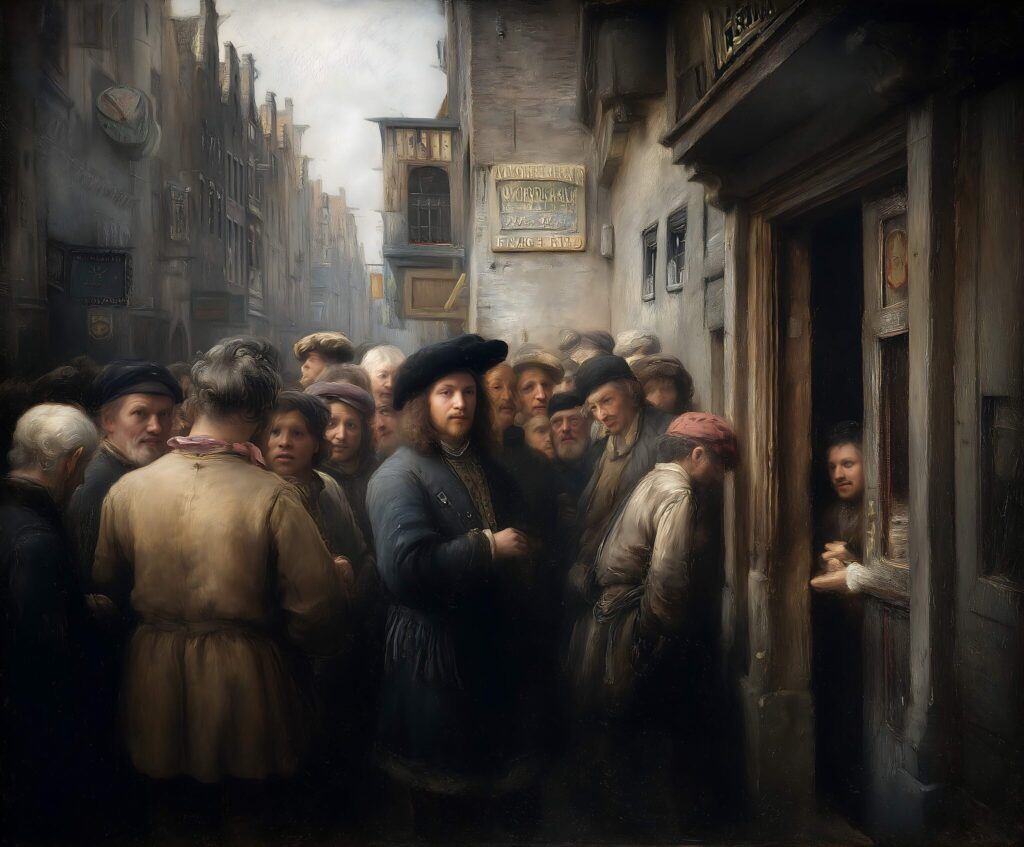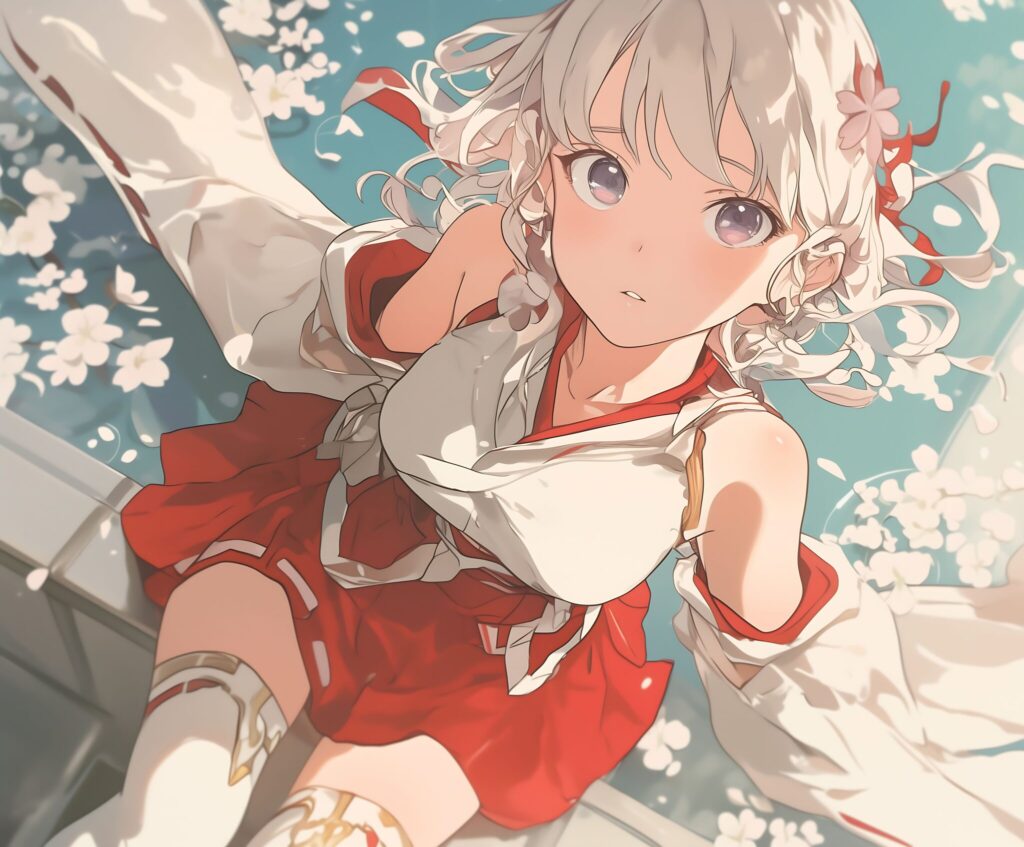Prompt and Expression #1: Kyoto AI Sketch
Dates: Thursday, September 11, 2025 – Tuesday, October 7, 2025 9:00 – 16:00 Open daily
Venue: OM Art × Music (8F, 735-3 Higashishiokoji-cho, Shimogyo-ku, Kyoto, Kyoto)
Organizer: OM Art × Music / Planning: Hiroshige Fukuhara


People began to “paint” by carving lines and layering colors on the cave walls.
In the Renaissance, Brunelleschi experimented with the first-person perspective, which Alberti theorized as a geometric structure. The camera obscura (camera obscura/ dark box) was also utilized and contributed greatly to pictorial expression as a tool to aid realistic depiction. The act of tracing a projected landscape has the advantage of optically expressing perfect perspective. However, it was also criticized at the time for being a mere tracing rather than a composition by the artist himself. Nevertheless, there were many works painted using this method, and they were accepted as paintings by the public. One famous example is Vermeer’s Pointier technique, which has been argued (but not proven) to be the use of a camera obscura. Nevertheless, there is no doubt that his works are excellent.
Eventually, as time progressed, techniques such as computer-generated composite images, tracing using a projector, and oil painting by transferring the output of a large printer were developed. Techniques and expressions are constantly changing with the evolution of technology. While the pros and cons are debated, it is not something that can be measured in terms of good or bad.
Then, what is wrong with tracing AI-generated images as a preliminary sketch in the present age? In the first place, shouldn’t the AI-generated image be a work of art in itself? Or is there a problem with using them as a form of preparatory sketch for a new painting?
Another point of view is that painting is not always art. Painting is only one of the “means” of expression, and art is a more diverse and complex activity that extends beyond painting. Art is a much more diverse and complex endeavor that extends beyond painting. Its expression is not limited to two-dimensional forms, but also includes three-dimensional forms, text, sound, experiences, and phenomena. So, can AI-generated images also be positioned within this “diversity of means”?
Through this collaboration of technology and expression, we have now reached the age of generative AI. Prompts that once required complex syntax now depict the world in a single word, and in the realm of single-image visualization, even the term “prompt engineering” is already disappearing. The seemingly perfect world created by AI is now a world where the value of imperfection and accidental expression, which only humans have, is not replaced by a world where the value of imperfection and accidental expression, which only humans have, is not replaced by the value of imperfection and accidental expression, which only humans have. The seemingly perfect world created by AI will instead highlight the value of imperfection and accidental expression that only humans possess.
Is AI just a tool, or is it a “convivial tool” that extends human creativity? Or, like the camera obscura of the past, is it a stepping stone to the next stage of creation? The evolution of technology has always asked us the fundamental questions, “What is painting?
By juxtaposing the prompts with the artwork, the exhibition introduces the relationship between the text and the images that emerged from it.
This year’s theme was “Kyoto” in particular, and we used prompts incorporating Kyoto scenery and locations, assuming different styles such as Rembrandt, animation, and computer graphics. Some of the generated results were as beautiful as expected, while others produced unexpected and strange expressions. We hope you enjoy both the accuracy of the results and the hilarity that results from the discrepancies.
It is enough just to look at the visuals first, without knowing any difficult logic. While casually enjoying the astonishing accuracy and failed fun of the generative AI on the theme of the cultural and spiritual nature of the city of Kyoto, you will suddenly think about the future of “drawing” and “creating”.
We hope to bring you such a moment.
Hiroshige Fukuhara
